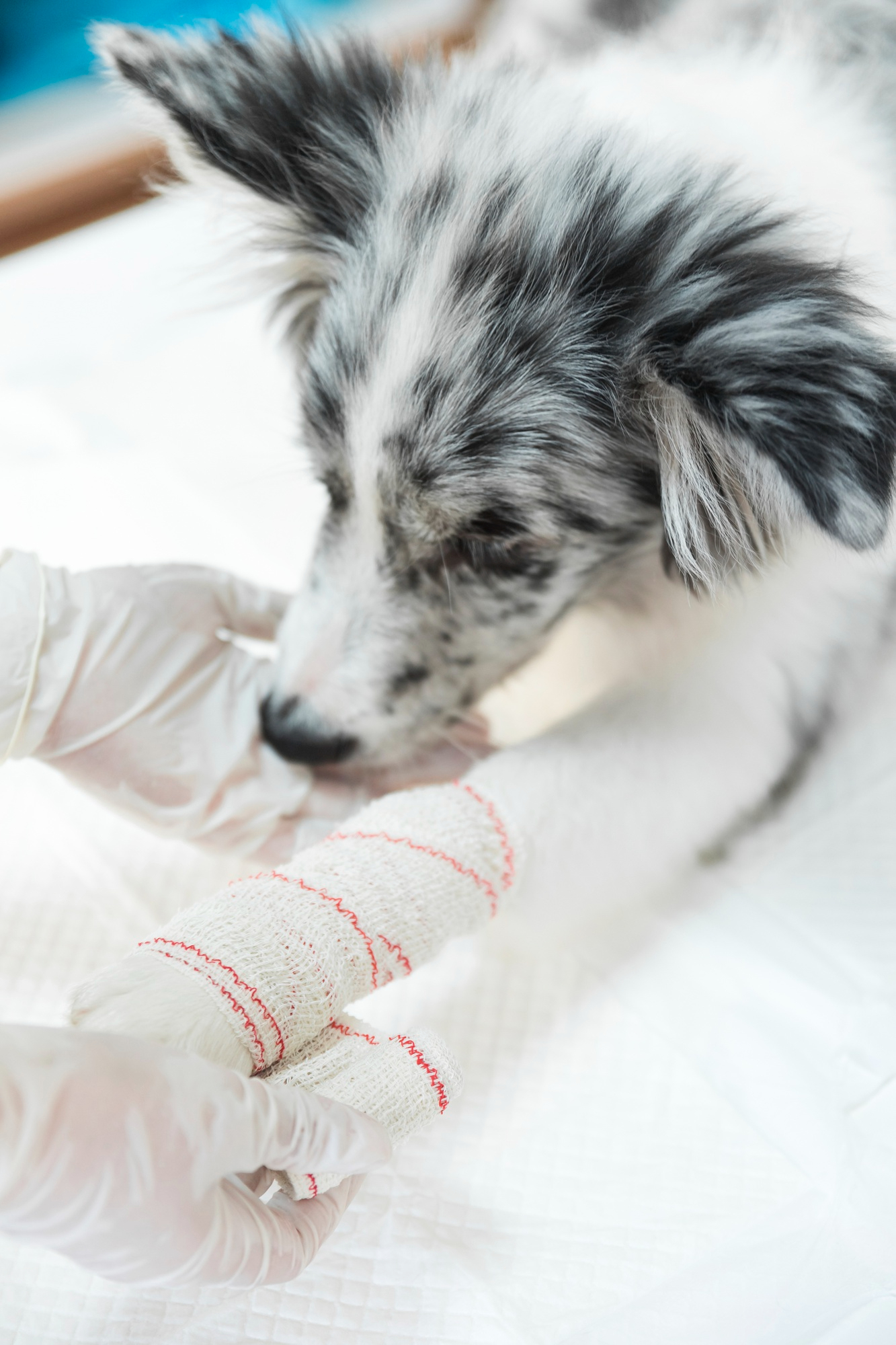Dogs, our faithful companions, are known for their quirky sleeping habits—from chasing imaginary rabbits to twitching their paws. But does this mean they dream like we do? Let’s delve into the fascinating world of canine sleep and uncover the secrets behind those adorable sleep wiggles.
Understanding Dog Sleep Patterns
Like humans, dogs experience two main types of sleep: REM (Rapid Eye Movement) and non-REM. REM sleep, often associated with dreaming in humans, is characterized by rapid movement of the eyes behind closed lids. In dogs, this stage is easily recognizable by their twitching limbs, flickering eyes, and sometimes even soft barking or growling.
Scientific Insights
Research in the field of veterinary neuroscience provides compelling evidence supporting the idea that dogs do indeed dream. Studies show that during REM sleep, a dog’s brainwave patterns are similar to those of humans. This implies that their brains are active in a way that’s consistent with dreaming.
What Might Dogs Dream About?
While we can’t plug into a dog’s brain to see their dreams unfold, behaviorists speculate that dogs likely dream about daily experiences. This could include reliving a fun day at the park, recalling the scent of a favorite toy, or even imagining scenarios based on their routine activities.
The Role of Breed and Size
Interestingly, the size and breed of a dog might influence their dreaming patterns. Smaller breeds tend to have more frequent but shorter dream periods, while larger breeds might dream less often but for longer durations. This variation could be due to differences in brain structure and processing among various breeds.
Observing Your Dog’s Dream Behavior
Watching your dog dream can be both entertaining and enlightening. Look for subtle movements like twitching paws, fluttering eyelids, or even soft vocalizations. It’s a window into their subconscious and a reminder of the depth of their inner lives.
Should You Wake a Dreaming Dog?
Generally, it’s best to let sleeping dogs lie. Waking a dog abruptly from a dream might startle them, leading to confusion or even defensive reactions. Unless they seem distressed or are in danger of hurting themselves, it’s kindest to let them dream in peace.
Conclusion: More Than Just a Twitch
In conclusion, while we can’t know for sure what dogs dream about, the evidence strongly suggests that they do experience dreams. Their sleep twitches and movements are more than just random muscle spasms; they’re potentially a sign of a rich, internal life as vivid and complex as our own. So, the next time you see your pooch paddling their legs in their sleep, smile at the thought that they might be off on an exciting dream adventure.


